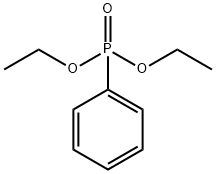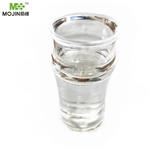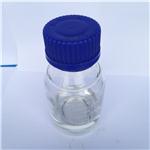
Phenyl phosphine
- Product NamePhenyl phosphine
- CAS638-21-1
- CBNumberCB0140869
- MFC6H7P
- MW110.09
- EINECS211-325-4
- MDL NumberMFCD00002094
- MOL File638-21-1.mol
Chemical Properties
| Melting point | 148-151 °C |
| Boiling point | 160°C |
| Density | 1.001 |
| vapor density | 3.79 (vs air) |
| vapor pressure | 760 mmHg ( 160 °C) |
| refractive index | 1.578 |
| Flash point | -20°F |
| storage temp. | -20°C |
| form | liquid |
| color | colorless |
| Water Solubility | Insoluble in water. |
| Sensitive | Air & Moisture Sensitive |
| BRN | 741946 |
| Exposure limits | ACGIH: Ceiling 0.05 ppm NIOSH: Ceiling 0.05 ppm(0.25 mg/m3) |
| InChIKey | RPGWZZNNEUHDAQ-UHFFFAOYSA-N |
| CAS DataBase Reference | 638-21-1(CAS DataBase Reference) |
| EWG's Food Scores | 1 |
| FDA UNII | 856X9KP929 |
Safety
| Symbol(GHS) |
   
|
|||||||||
| Signal word | Danger | |||||||||
| Hazard statements | H225-H302-H304-H315-H319-H336-H361f-H411 | |||||||||
| Precautionary statements | P210-P273-P301+P310-P303+P361+P353-P305+P351+P338-P331 | |||||||||
| Hazard Codes | F;T;N,N,T,F,Xn | |||||||||
| Risk Statements | 11-17-23/24/25-36/37/38-48/20-51/53-62-65-67-38-20/21/22 | |||||||||
| Safety Statements | 16-26-36/37/39-45-62-61-36/37 | |||||||||
| RIDADR | 2924 | |||||||||
| OEL | Ceiling: 0.05 ppm (0.25 mg/m3) | |||||||||
| WGK Germany | 3 | |||||||||
| RTECS | SZ2100000 | |||||||||
| HazardClass | 4.2 | |||||||||
| PackingGroup | I | |||||||||
| Hazardous Substances Data | 638-21-1(Hazardous Substances Data) | |||||||||
| NFPA 704: |
|



